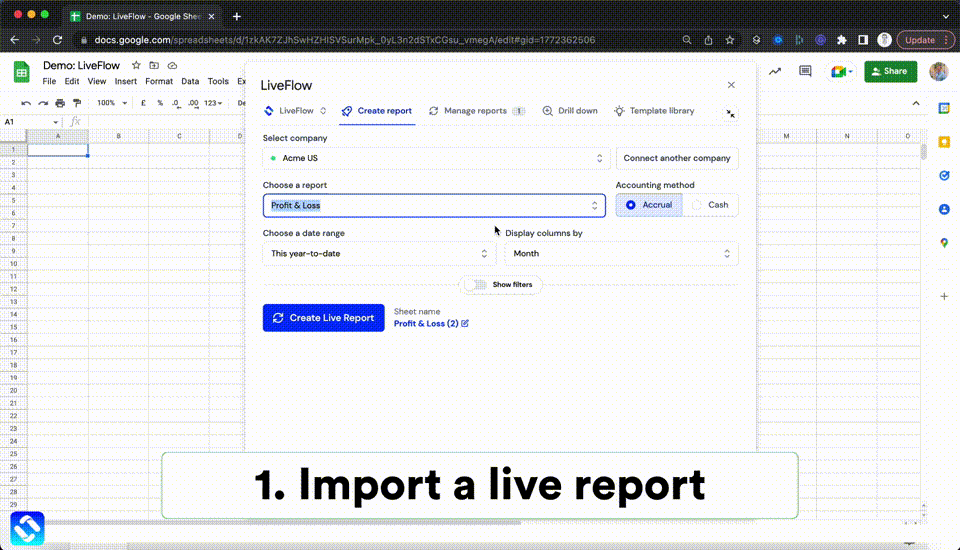If you’re using QuickBooks to manage your business invoices, inventory, financial reports, and other accounting details, you probably want to share that information with people outside your organization. Fortunately, QuickBooks provides several different ways of sharing the information in your company files.
In this article, we’ll explore some of the different ways that you can export data from QuickBooks and other third-party apps that are compatible with it.
Can you export data from QuickBooks?
Yes. You can export almost any type of data from QuickBooks, including invoices, estimates, payments, and items. You may also be able to export payroll data and other financial details, but this depends on your version of QuickBooks and the third-party apps you’re using in conjunction with it.
Exporting data from QuickBooks allows you to share your company files with people outside your organization. You can also use this feature to create a copy of the data that you can save in case something goes wrong with your QuickBooks company file. If you’re exporting data for this purpose, it’s important to save a copy of the exported data file in a secure location, such as an online storage account.
What format does QuickBooks export?
QuickBooks exports data in a comma-separated values (CSV) file. CSV is a common format that allows you to import this data into other applications. You can also read CSV data if you’re viewing it in a spreadsheet program like Microsoft Excel. Popular services like Dropbox and Google Drive also support CSV files, so you can easily share the exported data with other people.
QuickBooks exports data in CSV format by default, but this isn’t the only option. If you select the “Comma delimited” option, you can also export the data in tab-separated format (TSV). These are both common formats that can be imported by many different types of applications.
What can I export from QuickBooks Desktop?
QuickBooks Desktop supports several different types of exports. You can export invoices, estimates, payments, and items, as well as other financial details. You can also export payroll data, but this depends on the version of QuickBooks you’re using. You can also export reports from QuickBooks Desktop, QuickBooks Online, and QuickBooks Pro.
Can I export transactions from QuickBooks Desktop?
Yes. You can export any type of transaction, including paid invoices, vendor bills, and other expenses. You can also export items, including inventory and asset information. You can even export payroll items by using a third-party app such as My Payroll. You may also be able to export some accounting information from QuickBooks Online, depending on the version you’re using and the third-party apps you have connected to it.
How do I export items from QuickBooks?
Depending on which version of QuickBooks you’re using, there are a few different ways that you can export QuickBooks data to other applications. You can use add-ons, third-party services, or export directly from within the QuickBooks dashboard.
One of the easiest ways to export QuickBooks data is as follows:
1. The first thing you need to do is select the “Item List” menu option. This shows the items in your inventory, as well as other property items.
2. Next, select the items you want to export and click the “Export” button at the top of the window. Be careful not to click input by mistake.
3. Next, Choose the “Comma Delimited” option and then click “OK” to begin exporting the items. This creates a CSV file that you can open with a spreadsheet program to view the item details.
4. If you want to export a specific list of items, you can also select the “Special Export” option. This shows a window where you can select items, choose the fields you want to export, and then click “export” to begin exporting the data.
Alternatively, you can connect QuickBooks with a third-party transfer service, such as Zapier. This type of integration will allow you to export and import data from various applications, such as Google Sheets, Dropbox, Microsoft Excel, Salesforce, and many more. That said, this is a paid service, and by following the steps listed above, you can easily do this yourself for free.
Summary
QuickBooks exports data in a CSV file by default. This is a common format that allows you to import the data into other applications. You can also read CSV data if you’re viewing it in a spreadsheet program like Microsoft Excel.
You can export almost any type of data from QuickBooks, including invoices, estimates, payments, and items. You may also be able to export payroll data and other financial details, but this depends on your version of QuickBooks and the third-party apps you’re using in conjunction with it.
Recommendation
If you want to make your accounting process quicker and more efficient, then LiveFlow is another great platform that works well in tandem with QuickBooks. LiveFlow features handy templates that can save you time and has a number of useful tools not included in QuickBooks, such as the new Live Budget vs Actuals Tool. You can even explore all the great features of LiveFlow with a free 30-minute demo. So, if you want to optimize your bookkeeping processes and make life easier for your accounting team, then be sure to try LiveFlow today.










